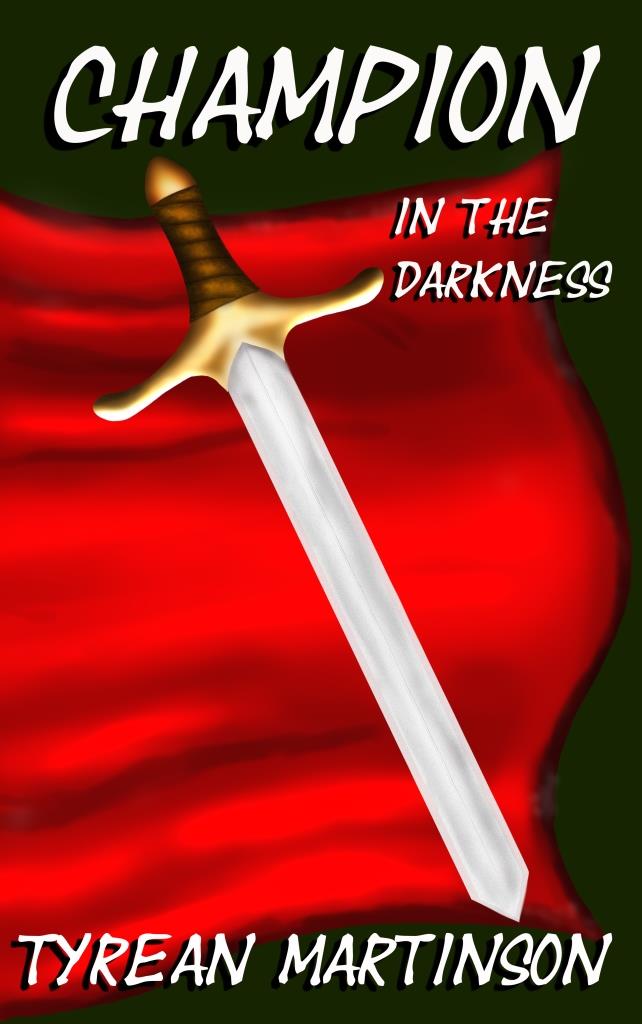I'm delighted to have special guest Jessica Bell here to talk about how she develops and uses colors symbolically in her work. I love this of this sort of leitmotif in fiction, especially after doing a grad school paper on color motifs in Willa Cather's fiction.
USING COLOUR TO
ACCENTUATE THEME
by Jessica Bell
I like to use the symbolism of colour to strengthen a common theme(s) I want to explore in my writing. I am fascinated by symbolic references in the books I read too (even if they do not have anything to do with colour), and believe they bring a richness and depth to what we read, even if it is not immediately evident to us. So let me tell you a little bit about how I utilize the combination of colour and theme in my work.

Green symbolizes self-respect, well-being, learning and harmony. It suggests safety and endurance, lack of experience, growth and hope. THE BOOK is about a little girl named Bonnie who is thought to have learning difficulties, but really is quite the genius. Her insights into the adult world are astounding, as she tries to "make logic" of the behaviour of her mother, father and step father regarding a journal ("the book") that is turning their family upside down. Her constant attraction to the colour green was a way for me to explore her subconscious need for security, stability and her desire to learn.
Some examples of the way it is used:
You saw Father Christmas at the
mall and sat on his lap. He asked you what you wanted for Christmas and you
said you wanted green lebküchen! (lebküchen are a German buscuit)
Dr Wright: Mummy
tells me you that you miss Daddy. Do you want to talk about it?
Bonnie: [scribbles
on paper with green crayon]
...
Dr Wright: How come
you don’t like any of the other colours, Bonnie?
Bonnie: Daddy said
green is a colour of being safe.
Dr Wright: Do you
want to be a doctor when you grow up?
Bonnie: No, I want
to give medicine from a shop with a green cross.
Bonnie: [shifts
in seat, pushes hair from forehead] Well, my Ted isn’t very smart because I
tolded him to fix it so all the greens could be on the same side and he sat
with me on the flying carpet, and I made us go up in the air, so there could be
magic around us, so he could fix it for all the greens to be on the same side.
And you are a gift no man could
ever buy. Two beautiful ladies, and two shining souls, through one set of
radiant green eyes.
“Now, if you have a little patience, my dear, I can show you how to
make some green. Do you have a little patience?” I nod. But I can’t tell if
this is a Daddy type question or a my Ted type question. But it doesn’t matter. If Mrs Haydon can make me some green, then I can paint some
trees.
Blue is associated with freedom, strength and new beginnings, optimism and better opportunities, loyalty and faith, power and protection. No colour is better fitting for this story about a woman named Melody who has let her passion for music die for the sake of her family, but tries to bring it back into her life without it affecting those she loves. In String Bridge, blue things are always deteriorating, symbolizing the fact that Melody feels helpless, and that it's going to be struggle to "start again".
Some examples of the way it was used:
I stare at my bag’s wrinkly, flaking, blue-vinyl exterior. It looks
how I feel. Old. Poorly constructed. Depressed. Cheap.
“Oh, I don’t know,” I say, scrubbing the stain from the only decent
dress I own. Blue dye comes off on the sponge.
Her fingers rose through her inward sigh, hovered above the keys,
searched them for the correct notes like Braille. She began to play Joni
Mitchell’s “Blue.”
I steal one of Alex’s Camels and grab a box of matches. Sit on the
floor in the living room, up against the wall. I strike a match, let it burn
half way down, watching the blue base of the flame crawl along the stick as if
lured by oil—kerosene candy.
I have another novel that is not yet published, called BITTER LIKE ORANGE PEEL, where I use the colour and flavour of orange to symbolize
the bitterness, distrust and sexual desire my protagonists feel. Again, orange crops up in all sorts of shapes and forms such as rotting oranges falling from a tree, orange-flavoured lip gloss, an orange vinyl couch, an orange mohair sweater, photos tinged orange over time, and an orange scrub cap ...
And my lastest work-in-progress, WHITE LADY, (which stands for the drug speed) I have already shown signs of utilizing the colour white to represent tainted purity and cold, sterile environments.
As you can see, there is quite a lot you can play around with in the colour department. If you check out this
link, perhaps the meanings of different colours might inspire you too.
Do you like to use symbolism in your writing? Give me an example. Do you notice symbolism used in the books you read?
Want
to connect with Jessica Bell? Learn more at the following links:






















